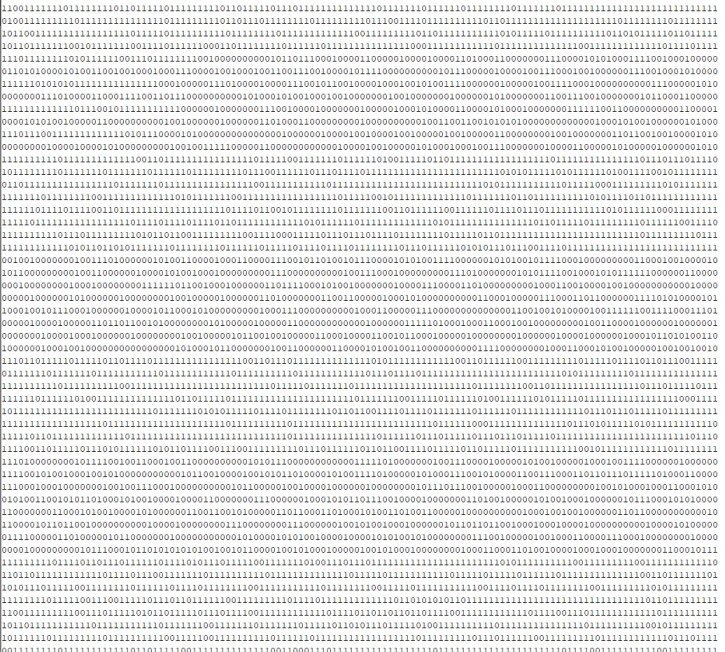I can see the following problems:
- The variable gray will end up being in the range 0-255 so a reasonable brightness threshold would be 128. Why use a random number as the threshold? I suggest this alternative line:
uint8_t black_white = 128 < gray ? 1 : 0; - The Jpeg encodes either 8x8 or 16x16 image blocks called Minimum Coding Units (MCUs), these are like tiles, so you cannot print a simple raster scan output. Look at the width and height to see the MCU size.
I'm trying to use the tft_output callback to convert a jpg to a 1bit image but I don't get the 1s and 0s how I would expect. Am I doing something wrong?
This is the 128x64 image:
The code:
The result: